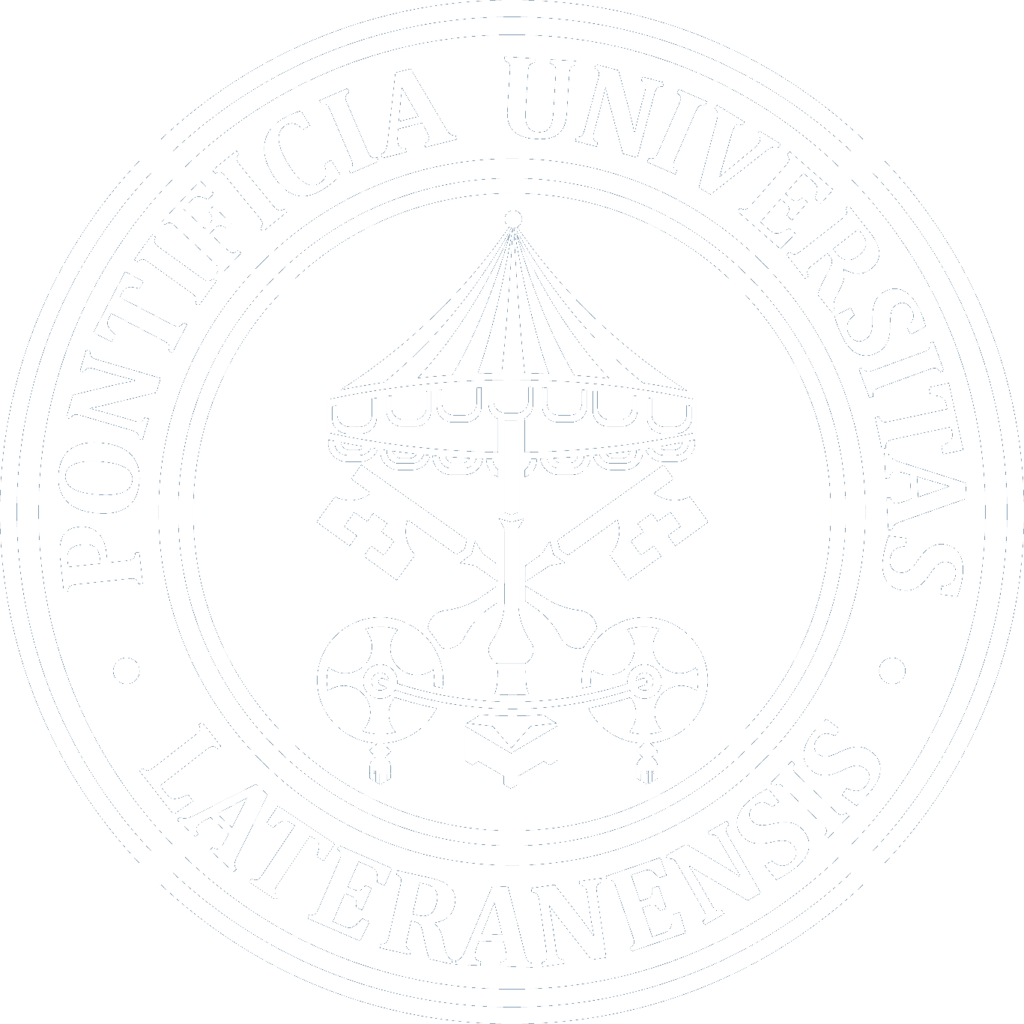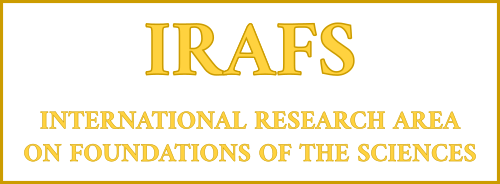In what sense can suffering be a compensation for “debts”? How can painful repair be?
Nietzsche, 1887
A MULTIDISCIPLINARY PROJECT FOR INNOVATIVE INTEGRATED THERAPIES OF CHRONIC PAIN
& MALADAPTIVE BRAIN PLASTICITY
Project Outline
KEY OBJECTIVES
Developing an integrated and multidisciplinary approach to the therapy of chronic pain & maladaptive brain plasticity, with the production of biomedical protocols and devices, for recording and interfering with brain activity in specific brain regions and circuits. The goal is achieving important therapeutic results for the pathological pain and the maladaptive brain plasticity.
PATHOLOGICAL TARGETS
CHRONIC & RESISTANT PAIN; MAJOR DEPRESSION; ADDICTION; OBSESSIVE COMPULSIVE DISORDER (OCD); TOURETTE SYNDROME
SPECIFIC SUBPROJECTS
- Study of the ethical, anthropological and neuroethical aspects of brain plasticity disorders, pathological pain before all, and their care.
- Pharmacokinetic study of innovative molecules for the therapy of pain and of maladaptive brain plasticity disorders, and computational modeling of the morphisms of these molecules.
- Rat models of chronic pain and maladaptive plasticity including the behavioral and functional analysis of brain circuits.
- In silico neural network composed of cultured cells for ethically compliant in vitro studies of pain circuits and mala-adaptive plasticity processes.
- Development of integrated brain recording (NIRS, EEG) and trans-cranial magnetic stimulation devices (TMS) to test novel treatment protocols.
- Development of semi-wearable optical computing devices for real time analysis in telemedicine of the brain activity, and for the control of the TMS portable units.
- Clinical evaluation and protocol assessment in patients suffering of chronic pain and other forms of maladaptive plasticity.
- Development of more effective psychological and psychotherapeutic approaches, meditation included, to pathologic pain and maladaptive disorders, their neurophysiological effects included.
PROJECT COORDINATOR
Gianfranco Basti
Full Professor of Philosophy of Nature and of Science, Pontifical Lateran University
PROJECT DIRECTOR
Walter Tirelli
Director of the Center for Pathological Pain, Fondazione Sanità e Ricerca (Fondazione Roma), Rome, Italy.
PROJECT MANAGER
Antonio Malgaroli
Full Professor of Physiology and Neuroscience, Director of the Center for Behavior & Communication, San Raffaele Vita-Salute Univ. (UniSR), Milan, Italy.
PROJECT LEADER INSTITUTION
San Raffaele Vita-Salute University (UniSR), Milan (Italy)
PROJECT GROUP COORDINATORS
Gianfranco Basti (Bioethics & Anthropology) Pontifical Lateran University
Tall Ben-Soussan (Psychology & Psycotherapy) Director of the Cognitive Neurophysiology Lab, Paoletti Foundation and Ariel Univ., Samaria.
Rita Casadio (Biocomputing & Modelling) Former Director of the Biocomputing Center, Univ. of Bologna
Clelia di Serio (Statistics & Epidemiology) Director of the Center for Biostatistics, UniSR, Milano and USI, Lugano.
Antonio Malgaroli (TMS & Neuroscience) Director Center for Behavior & Communication, UniSR, Milan.
Paolo Milani (Nanotechnology & Technological Developments), Director of the Center for Nanotechnology, University of Milan, Milan.
Walter Tirelli (Clinical Research and Applications), Center for Pathological Pain, Fondazione Sanità e Ricerca (Fondazione Roma), Rome.
GROUPS INVOLVED (This list is provisional and will be extended/refined)
Pontificia Università Lateranense, Roma, Stato della Città del Vaticano
-
- Gianfranco Basti [Philosopher, Anthropologist]
- Chiara Ariano [Philosopher, Bioethicist]
Fondazione Sanità e Ricerca, Centro Terapia del Dolore e Cure Palliative, Roma, Italia
-
- Walter Tirelli [Anaesthesiologist, Pain Clinician]
Università San Raffaele & Ospedale IRCCS San Raffaele, Milano, Italia (UniSR)
-
- Antonio Malgaroli [Neurobiology, Neuroscience]
- Andrea Fossati [Clinical Psychology, Psychometric evaluation]
- Domenico Cianflone [Clinical Cardiology, Wea- rable devices]
- Enrico Gherlone [dental surgery]
Center for Nanotechnology, Università di Milano, Milano, Italia (UniMi)
-
- Paolo Milani [Physiscs & Nanotechnology]
Politecnico di Milano, Milano, Italia (Polimi)
-
- Beppe Baselli [Bioengineer, Imaging and data acquisition]
- Sergio Cerutti [Bioengineer, Wearable devices]
Dipartimento di Biochimica/Bioinformatica/Biofisica, Università degli Studi di Bologna, Bologna, Italia
-
- Rita Casadio [Biocomputing; Molecular Modelling]
Prometheus S.r.l Research Group, located at the Bologna Research Area of the Italian National Research Council (CNR), Bologna, Italia
-
- Gian Giuseppe Bentini
- Marco Chiarini [Control systems of the electromagnetic data processing]
Casa di Cura San Giorgio, Viverone, Biella, Italia
-
- Massimiliano Mazzarino [TMS, Neurology & Psychiatry]
- Silvia Casalegno [Psychology]
University of Bordeaux, Institute for Interdisciplinary Neuroscience, Bordeaux, France
-
- Daniel Coquet [Neuroscience]
Università della Svizzera Italiana, Lugano, Svizzera (USI)
-
- Clelia di Serio [Epidemiology & Statistics]
- Peter Schulz [Health Communication]
- Ernst Jan Camiel Wit [Statistics and Informatics]
Istituto Ricerche di Gruppo, IRG, Lugano, Svizzera (IRG)
-
- Nicola Gianinazzi [TMS & Psichotherapy]
- Saul Branca [Psychology & Psichotherapy]
- Ferruccio Marcoli [Psichotherapy]
Ariel University Center of Samaria, Paoletti Foundation, Samaria, Israel
-
- Tal Dotan Ben-Soussan [Neuroscience, Psychology]
PROJECT SUMMARY
The project is the more comprehensive approach never developed in the world to the therapy of chronic pain in the more general category of maladaptive brain disorders. Indeed, it will include the pharmacologic, the neural, the psychological, the psychotherapeutic, and the ethical dimensions of these disorders.
Every human behavior depends on the induction of some activity change in one or more brain areas, often involving a subgroup of cells and synapses. Conversely, when a disease modifies some behavioral and psychological aspect of the human person, inevitably this effect is linked with a cause-effect relationship with a change in the activity of some neural often very complex circuits in the brain dynamics.
Brain is indeed, from the physical standpoint, an “open system” in a continuous material and informational trading with its bodily and environmental surround, and cannot be studied in isolation. The human “intentional mind” is indeed located in this energy/information interchange between brain and its inner/outer environment, according to the “extended mind hypothesis”.
This became clear from the early 1970s, when it was found that the efficacy of synaptic transmission changes dynamically, for example following a short high frequency volley of action potentials. This synaptic facilitation such as long- term potentiation (LTP), which can last from several hours up to a few weeks can be dynamically reverted by an opposite downgrade of activity named long-term depression (LTD). Hence, finding effective ways to detect and induce activity changes in specific often very large brain circuits became a fundamental goal in medicine with potential applications to many different pathological conditions.
The aim of this research project is to investigate and develop novel therapeutical strategies for medical conditions where at the present time a real treatment is not available. These conditions include: the chronic pain, the drug-resistant major depression and the obsessive-compulsive disorder, Tourette syndrome. The central hypothesis is that because of anomalous or maladaptive neural circuitry, the synaptic plasticity before all, these medical conditions at some point switch to drug resistant phenotypes (e.g. acute to chronic pain with the development of opioid treatment resistance). These changes need to be reverted and for being able to do this we would need to record and stimulate the activity of a whatsoever circuit in a specific manner.
By developing pharmacokinetic models of innovative molecules and of their morphisms, as well as by developing innovative in vitro neural networks and animal models we will test effective stimulation protocols by advanced experimental procedures, including electromagnetic circuit activations and quantification of the synaptic efficacy.
On the other hand, in human patients, these physiological and neural dimensions are inextricably linked, according to a reciprocal cause-effect relationship, with the motivational and hence the psychological and the interpersonal dimensions, involving the patient family, but also the therapists, and finally the same hospital and caring environment. Since the final success of therapy – of chronic pain, before all in the case of long-lasting patients – depends critically also on these dimensions of the human life, the systematic study of effective psychotherapeutic strategies, the therapeutical dialogue and the meditation included, both at the personal and at the interpersonal level (group therapy), will be the other essential objectives of our project.
Therefore, we will use the information obtained by the double source of our physiological (pharmacological) and neural tests, as well as from our psychotherapeutical tests, to develop and compare different therapeutic and psychotherapeutic protocols.
This will require a detailed clinical (psychotherapy included) assessment and the utilization of diagnostic tools in humans, such as standard brain imaging, functional near-infrared-spectroscopy (f-NIRS) and electroencephalography (EEG) paired in phase with target brain areas stimulation by noninvasive repetitive transcranial magnetic stimulation (TMS).
In both cases, for the real time analysis of electrophysiological records, of chemical information and of clinical data, we will use also innovative semi-portable optical computing architectures and data analysis algorithms, partially integrated in a telemedicine framework, for taking care of the long-lasting patients also at home, and not only in hospital.
Finally, all these innovative, scientific, technological, and therapeutical approaches will be studied also from the very delicate standpoint of their bioethical and anthropological implications. What characterizes our approach is, indeed, that it integrates systematically the scientific, with the personal and the interpersonal dimensions of caring of the human patients. The final goal is to improve our knowledge about these neural maladaptive plasticity processes, and to develop novel diagnostic and therapeutic procedures.DOWNLOADS



